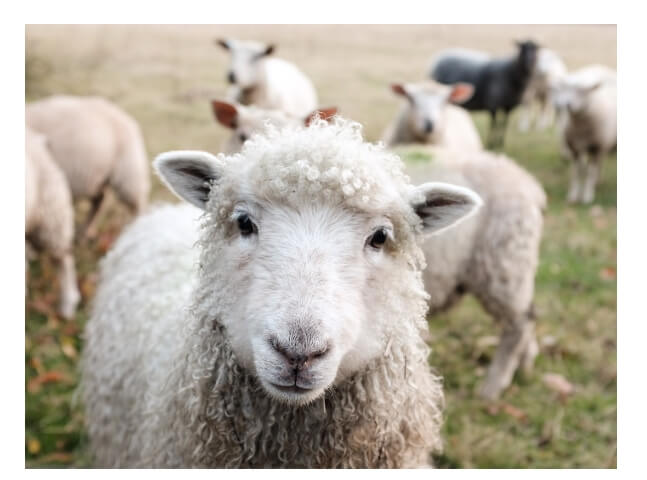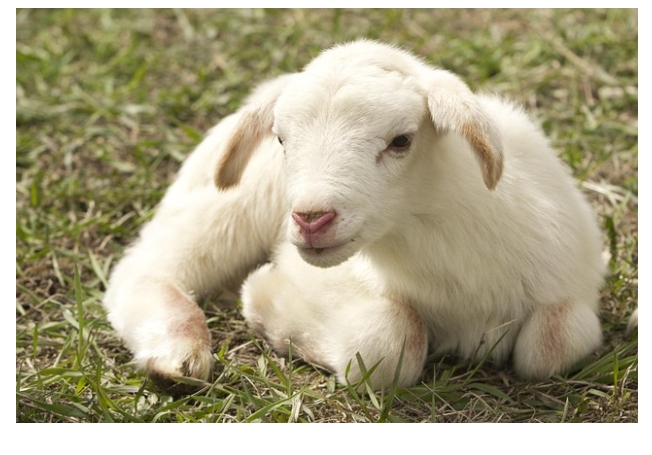BASIC SCIENCE – PRIMARY 1
SECOND TERM – WEEK 10 LESSON NOTE
TOPIC: WEATHER
LESSON PLAN STRUCTURE
Subject: Basic Science
Class: Primary 1
Term: Second Term
Week: 10
Age: 5–6 years
Topic: Weather
Sub-topic: Types of Weather
Duration: 40 minutes
Behavioural Objectives
By the end of the lesson, pupils should be able to:
- Define weather in simple terms.
- Identify at least four types of weather.
- Describe characteristics of each weather type.
- Mention two things we can do in each type of weather.
- State why weather is important in our daily life.
Keywords (10 with meanings)
- Weather: How the air feels at a place and time.
- Sunny: When the sun shines brightly.
- Rainy: When rain is falling.
- Windy: When the wind is blowing strongly.
- Cloudy: When the sky is full of clouds.
- Hot: When the air is warm.
- Cold: When the air is cool or chilly.
- Umbrella: A tool for covering yourself from rain or sun.
- Raincoat: A cloth worn during rain.
- Sky: The space above us where we see clouds, sun, and rain.
✨ Set Induction (Attention-Grabbing Story)
Teacher narrates:
“Children, yesterday morning, as I stepped outside my house, the sky was dark. Suddenly—gbosa!— raindrops started falling fast! I ran back inside to pick my umbrella. But later in the afternoon, the sun came out shining like gold. That shows weather can change anytime!”
Pupils respond and share their own experiences.
Entry Behaviour
Teacher asks:
- “How was the weather when you came to school today?”
- “Did you feel hot, cold, or windy?”
Pupils answer freely.
Learning Resources & Materials
- Pictures of sunny, rainy, cloudy, windy weather
- Flashcards
- Umbrella and raincoat
- Paper windmill
- Real-life weather symbols
Building Background Knowledge
Learners already know about the sun, rain, and wind from previous topics.
Now, they link these to weather changes.
Embedded Core Skills
- Observation
- Communication
- Safety awareness
- Vocabulary development
- Critical thinking
Reference Books
- Lagos State Unified Scheme of Work
- Basic Science and Technology Textbook for Lower Primary
- Primary Science Activity Book
Instructional Materials
- Weather chart
- Posters
- Videos/images
- Real objects (umbrella, sunglasses)
CONTENT
1. Meaning of Weather
Weather is how the air feels around us at a particular time.
Weather can change quickly — morning may be sunny, afternoon rainy.
2. Types of Weather (With Definitions & 5 Examples Each)
A. Sunny Weather
Meaning: When the sun shines bright.
Examples:
- Dry ground
- Shadows on the floor
- Sunglasses
- Ice cream melts quickly
- Hot temperature
What we do:
- Wear light clothes
- Play outside
B. Rainy Weather
Meaning: When water falls from the sky.
Examples:
- Wet ground
- Umbrellas
- Raincoats
- Puddles
- Dark clouds
What we do:
- Stay indoors
- Use umbrella or raincoat
C. Cloudy Weather
Meaning: When the sky is full of clouds.
Examples:
- Grey sky
- Cooler weather
- No shadows
- Sun hides
- Looks like rain may come
What we do:
- Prepare umbrella
- Play gently
D. Windy Weather
Meaning: When the wind blows strongly.
Examples:
- Trees shaking
- Clothes moving on the line
- Dust blowing
- Paper flying
- Windmills turning
What we do:
- Hold hats tightly
- Close windows
3. Importance of Weather
- Helps farmers know when to plant.
- Helps us choose clothes to wear.
- Helps pilots and drivers move safely.
- Affects our daily activities.
- Helps plants grow.
Presentation Steps
Teacher’s Activities:
- Shows weather pictures.
- Explains each type of weather.
- Demonstrates objects used in weather (umbrella, sunglasses).
- Asks pupils questions.
- Supervises classroom weather game.
Learners’ Activities:
- Observe pictures.
- Mention types of weather.
- Act out weather types.
- Answer questions.
- Participate in class game.
CLASS ACTIVITY DISCUSSION (10 FAQs With Answers)
- Q: What is weather?
A: How the air feels around us. - Q: What weather has the sun shining?
A: Sunny weather. - Q: What falls during rainy weather?
A: Rain. - Q: What covers the sky in cloudy weather?
A: Clouds. - Q: What blows during windy weather?
A: Wind. - Q: What can we use in rain?
A: Umbrella. - Q: What melts easily in sunny weather?
A: Ice cream. - Q: What shakes when wind blows?
A: Trees. - Q: What should we wear during cold weather?
A: Sweater. - Q: Does weather stay the same all day?
A: No, it changes.
EVALUATION
A. 10 Multiple-Choice Questions
- Weather is how the ___ feels.
(a) air (b) food (c) school (d) car - When rain falls, it is ___.
(a) cloudy (b) rainy (c) windy (d) sunny - The sun shines during ___ weather.
(a) rainy (b) sunny (c) windy (d) cloudy - Clouds fill the sky in ___ weather.
(a) sunny (b) rainy (c) cloudy (d) windy - Wind blows strongly in ___ weather.
(a) rainy (b) windy (c) sunny (d) hot - We use umbrellas during ___.
(a) sunny weather (b) rainy weather (c) windy weather (d) cold weather - Ice cream melts in ___ weather.
(a) cloudy (b) windy (c) sunny (d) rainy - Trees shake during ___.
(a) windy weather (b) rainy weather (c) sunny weather (d) cloudy weather - Clouds are usually ___.
(a) green (b) white or grey (c) purple (d) yellow - Rain makes the ground ___.
(a) dry (b) wet (c) dusty (d) hot
B. 10 Short-Answer Questions
- What is weather?
- Name one type of weather.
- What shines during sunny weather?
- What falls during rainy weather?
- What fills the sky during cloudy weather?
- What blows during windy weather?
- Mention one thing we use in rainy weather.
- Mention one thing we use in sunny weather.
- What shakes when wind blows?
- Does weather stay the same all day?
Conclusion
Teacher marks pupils’ work, corrects their answers, and reinforces understanding using objects and demonstrations.












